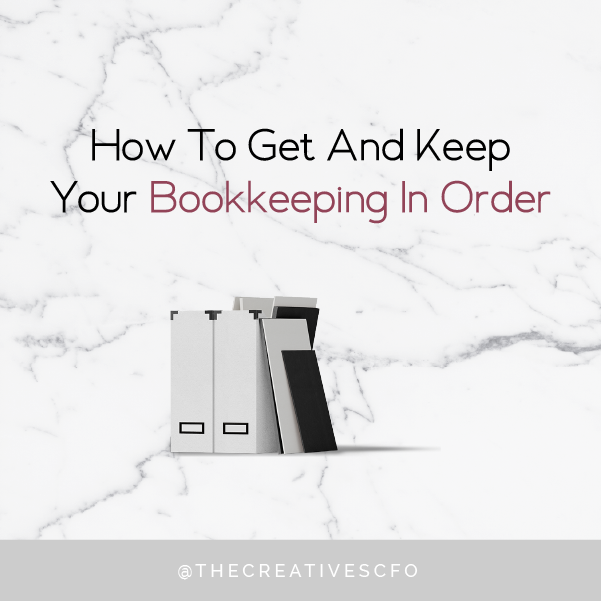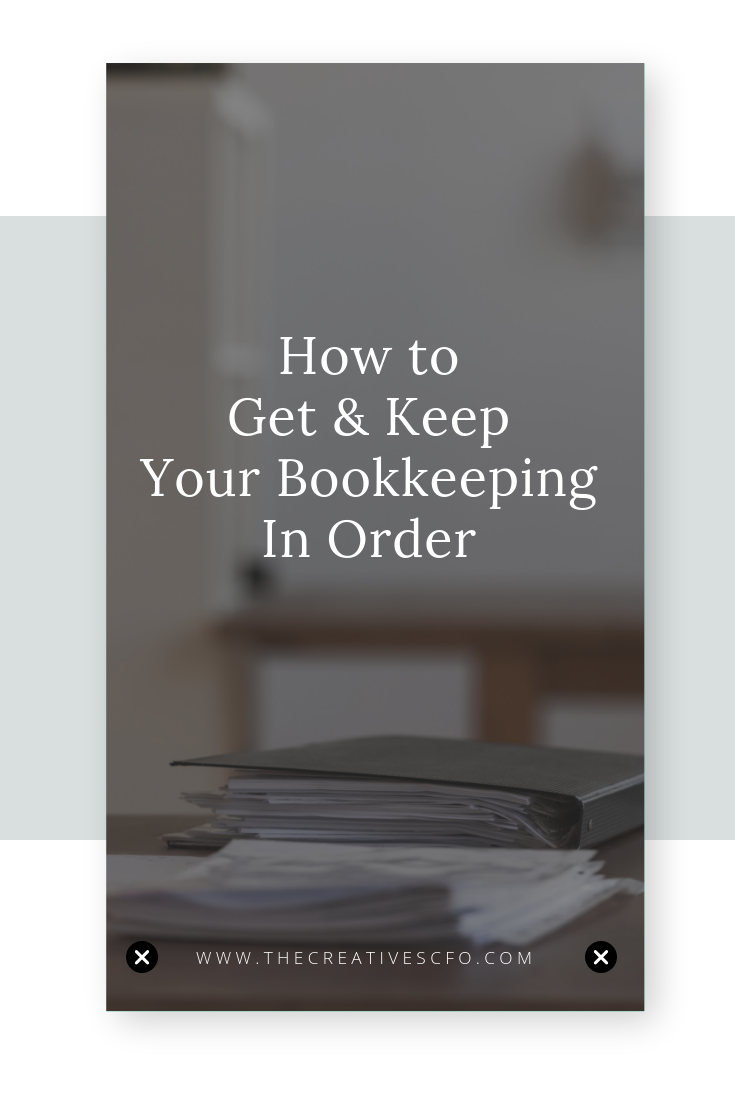Do you ever feel like a hamster on a wheel when you’re organizing your finances? It can be a never-ending process, for sure. Financial transactions happen daily in your business, and getting and keeping your bookkeeping in order requires commitment.
If you’re like most creatives, just the thought of bookkeeping sends you running for the hills. You’d rather stick to art instead of analytics. Plus, you just don’t have the time to figure it all out.
Well, today, I want to share a few tips to implement now that will ease the stresses of your mounting receipts. You’ll be one step closer to seeing real organization in your business finances if you do these things.
Checking and savings accounts
You need a bank account with a debit card. You’ll use your debit card for every single transaction associated with your business. By the same token, you will not pay for any personal expenses using this debit card.
>
“Commingling is a no.”
Commingling is a no. Mixing business and personal expenses makes everyone’s job harder, so just don’t do it. Taking the time to figure out which transactions are valid business expenses can cost you valuable tax deductions, and it can also open you up to personal liability for your business activity.
Separate accounts also make it easier to import (rather than manually enter) all of your banking data into an accounting software for analysis. Having an automated process for getting your banking data into the accounting software saves you time and increases accuracy in your reports.
So, how do you choose a bank?
Choosing a bank
When it comes to banks, you have a number of options. From exclusively virtual/online options to local, brick and mortar, it all depends on your needs and technological savvy.
I like to choose by considering my top 3 banking needs – the ability to use a nearby ATM without a fee, access online and via mobile app, and compatibility with my accounting software. Those three must-haves knocked out the several brick and mortar banks for me, so I chose an online-only bank. Your must-haves might be different, and that’s ok. Use whatever you have, and shop around.
Sign up for accounting software
The last piece you absolutely must have in place is accounting software. Just like with banks, you have many options when it comes to accounting software. The most popular is cloud-based, which means you’re able to update transactions from any computer or mobile device. I find that being able to update and access my finances while on the go helps me stay on top of it all.
If you want to know which accounting software works best for you, choose one and sign up for a free trial. Give yourself a week or two to play around within the applications to determine which you like best.
Accounting software is such an integral piece of knowing your numbers. It makes running periodic financial reports about your business super easy, thus giving you more time to review those reports instead of compiling them.
Since knowing your numbers is the basis for all good decision making, I hope these first few steps get you off to a great start organizing your finances.


